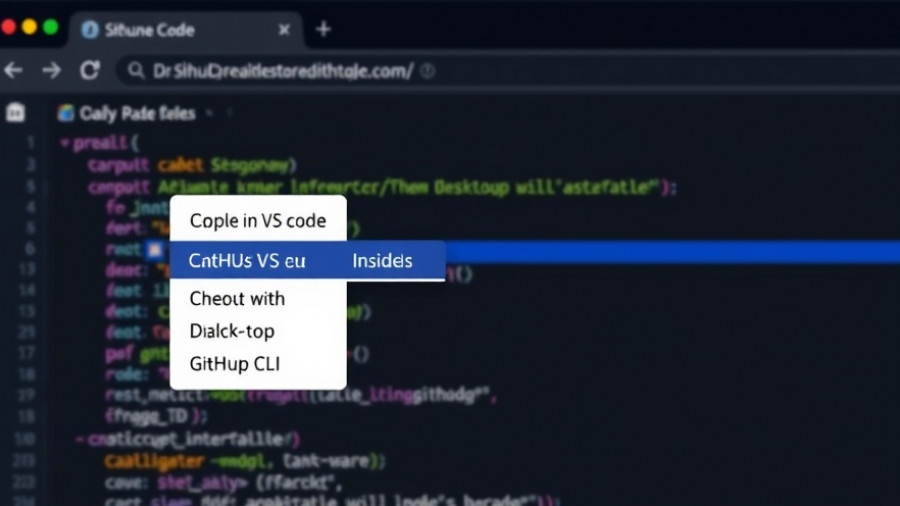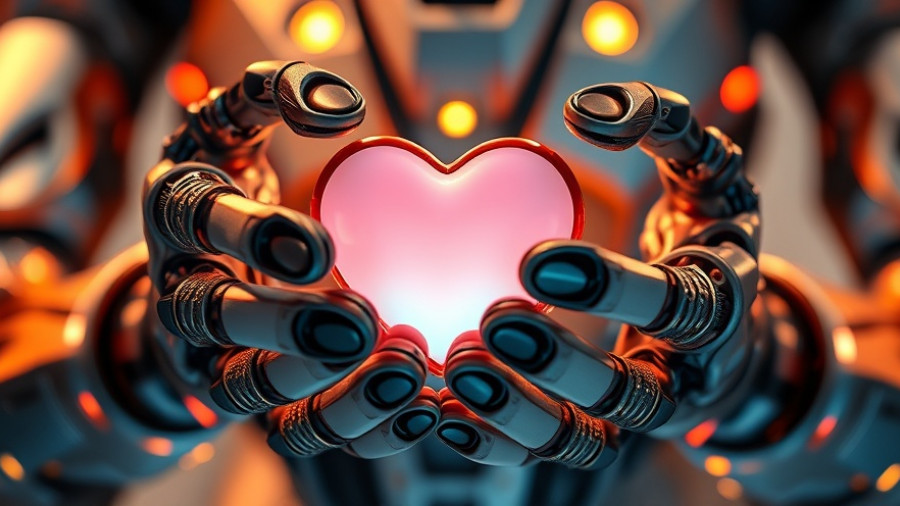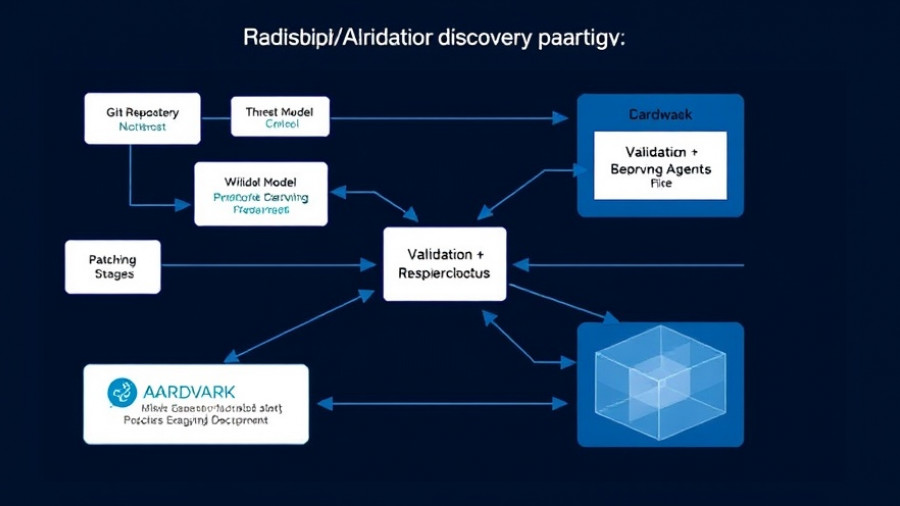
A New Framework to Measure AI Teamwork
Recent advancements in artificial intelligence have brought forth multi-agent systems that can potentially outperform single agents in various tasks. However, a critical concern remains: how can we ascertain that these AI agents are working together as a cohesive team rather than functioning independently? A new information-theory framework from Northeastern University introduces a methodology to measure this cooperation effectively.
Developed by Christoph Riedl, the framework leverages information theory to differentiate true teamwork from merely parallel operation. This is vital in applications ranging from software development to complex problem-solving, where the ability to collaborate effectively can be the make-or-break factor for success.
Understanding Cooperative Dynamics in AI
The framework categorizes cooperation into three distinct types: agents acting identically, complementing each other's actions, or exhibiting contradictory strategies. The essence lies in determining whether new information arises solely from their interactions—an indication of synergy. The framework incorporates Partial Information Decomposition (PID) to dissect information into redundant, unique, and synergistic parts and employs Time-Delayed Mutual Information (TDMI) to assess how well an agent's current state can forecast future system states.
By combining these tools, researchers can quantify the emergent information that surfaces when agents collaborate, thereby providing a clearer assessment of their teamwork capabilities.
The Experiment: Measuring Team Dynamics
Riedl tested the effectiveness of this framework through an engaging guessing game involving AI agents. Tasked with guessing numbers to reach a predetermined target, these agents could not communicate openly and could only know if their guesses were too high or too low. Riedl set up three distinct scenarios: a basic game, one that assigned unique personalities to each agent, and another that prompted agents to consider the strategies of their teammates.
The results were striking: only in the scenario where agents were encouraged to take into account others’ strategies did they exhibit authentic teamwork. By taking on specialized roles, they began to complement each other’s guesses strategically, achieving better outcomes. This discovery emphasizes the importance of fostering an environment that promotes mutual awareness and strategic thinking in AI collaborations.
Team Skills Across AI Models
It has become clear that not all AI models possess equal teamwork capabilities. For instance, larger language models such as GPT-4.1 demonstrate a greater ability to formulate effective team strategies compared to their smaller counterparts, like Llama-3.1-8B, which often failed to establish a functional division of labor. This observation raises an intriguing question about the balance between resource efficiency and the strategic efficacy of AI systems in collaborative environments.
The research indicates that larger models not only outperform smaller models but also reshape contemporary thought about AI development and deployment, challenging previous recommendations—such as Nvidia’s advocacy for using multiple smaller models to conserve resources.
The Future of AI Team Dynamics
This new framework is a game-changer, allowing developers and researchers to analyze AI teamwork much more rigorously. As AI systems evolve and integrate deeper into various workflows and processes, understanding the dynamics of teamwork within these systems will not only enhance the efficiency of AI collaborations but also build on the broader implications for hybrid human-AI teams.
As organizations continue to adopt AI tools across their operations, the findings from this study spotlight a crucial area of focus: harnessing the collective capabilities of AI agents through strategic cooperation and effective teamwork. This shift promises substantial value creation in future technological ecosystems.
Conclusion: Embracing AI Collaboration
AI is transforming industries, but the effectiveness of its deployment hinges on how well these systems can work together as cohesive units. By adopting new frameworks like Riedl's, organizations can better measure and encourage harmonious interactions among AI agents. This not only improves operational efficiency but also prepares the field for more sophisticated AI solutions, paving the way for a future where intelligent machines can contribute much more meaningfully to collaborative efforts across various sectors.
With strategic insights from cutting-edge research, stakeholders in AI development are now better equipped to leverage the unique strengths of multi-agent frameworks, ultimately elevating the standards for AI teamwork.
 Add Row
Add Row  Add
Add 




Write A Comment